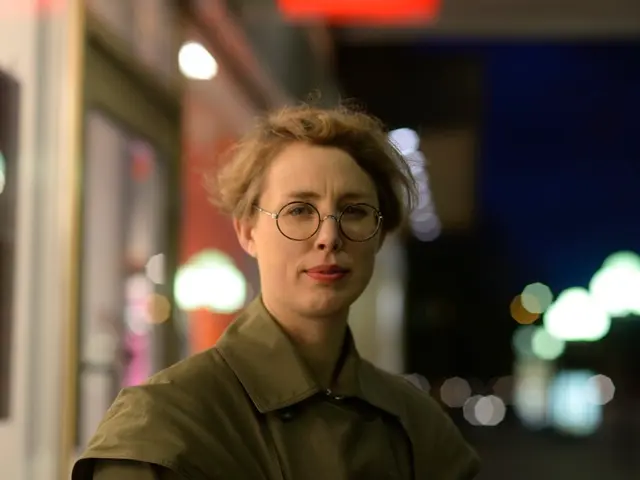Long-lived family line devoid of certain genetic occurrence
Is chronic leg pain or cramping during short walks a part of your daily life? Do your legs feel numb, heavy, or weak? Before attributing these symptoms to arthritis or the natural effects of aging, consider a lesser-known possibility: peripheral artery disease (PAD).
PAD, a condition affecting blood flow to the muscles, can cause leg pain and cramping. Left untreated, it can lead to severe complications such as heart attack, stroke, kidney disease, and even the need for amputation.
This condition is prevalent yet often overlooked, making early detection and prevention crucial.
PAD mimics coronary artery disease but affects the blood vessels that carry blood to the legs. If not addressed, it can progress and increase the risk of heart-related health issues.
Some individuals may have a lower risk of developing PAD compared to others, based on new research. To determine if you belong to this lower-risk group, check your family tree.
Long-Lived Families and Superior Vascular Health
A collaborative team of researchers from four major universities believes superior vascular health might be the long-lived secret of exceptionally long-lived families. They analyzed data from the Long Life Family Study, a long-term study investigating factors contributing to healthy aging and survival, finding that only 1% of the children of long-lived participants presented with PAD, significantly lower than the 12% found in other studies.
The study also revealed that few risk factors, such as smoking, high blood pressure, and use of hypertension medication, were significant concerns in the long-lived family group. Researchers discovered four genetic markers associated with protection from PAD, hoping this information could lead to preventive measures for those with less favorable genetics.
Preventing PAD: Lifestyle Modifications You Can Control
While genetics contribute to your PAD risk,you can make choices to control other risk factors. PAD is largely a preventable condition, and adopting healthy habits can help mitigate risks or slow progression.
Smoking
Smoking is the most significant modifiable risk factor for PAD. Quitting smoking can reduce the risk and progression of PAD significantly.
Exercise
Engaging in regular exercise improves circulation and vascular health, reducing the risk of PAD and improving outcomes if the disease is present.
Diet
A heart-healthy diet low in saturated fats and high in fruits, vegetables, and whole grains supports vascular health and helps control cholesterol and blood pressure.
Blood Pressure and Cholesterol Management
Maintaining healthy blood pressure and cholesterol levels through diet, exercise, and medication as needed is crucial for lowering PAD risk.
Diabetes Control
Managing blood sugar levels is important, as diabetes significantly increases PAD risk. Proper diabetes management helps protect vascular health.
For those with a family history of cardiovascular disease or PAD, adopting these healthy behaviors can help prevent PAD and start a long-lived branch on your own family tree.
Editor's Note: Don't miss the link to discover The Insulin Factor: How to Repair Your Body's Master Controller and Conquer Chronic Disease! If you're feeling unusually tired, the problem could be related to your master hormone. When it's not working, your risk of age-related diseases skyrockets.
Sources:
- Long-lived families show lower risk for peripheral artery disease - Eureka Alert
- Epidemiology and genetic determination of measures of peripheral vascular health in the Long Life Family Study - Aging
- New research shows people with PAD could have an omega-3 deficiency - Eureka Alert
www.PeakNatural.com for Peak BP Platinum - clinically-tested nutritional ingredients that support arterial health.www.PeakNatural.com for Peak Krill Oil - Supports Heart Health, Immune System, and Mood, Naturally!
- Proper management of diabetes, especially for those with a family history of cardiovascular disease or peripheral artery disease (PAD), can help protect vascular health and potentially reduce the risk of PAD.
- Engaging in regular fitness-and-exercise routines improves circulation and vascular health, reducing the risk of PAD and improving outcomes if the disease is present.
- A heart-healthy nutrition plan, rich in fruits, vegetables, and whole grains, while low in saturated fats, supports vascular health and helps control cholesterol and blood pressure, potentially lowering the risk of PAD.
- The science behind supplements such as Peak BP Platinum, clinically-tested nutritional ingredients, can help support arterial health and may contribute to PAD prevention.
- Adopting healthy lifestyle modifications like these can help mitigate risks or slow the progression of PAD, and for a family with a long history of longevity, may even lead to a long-lived branch on their own family tree.







